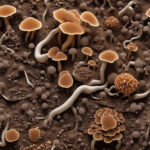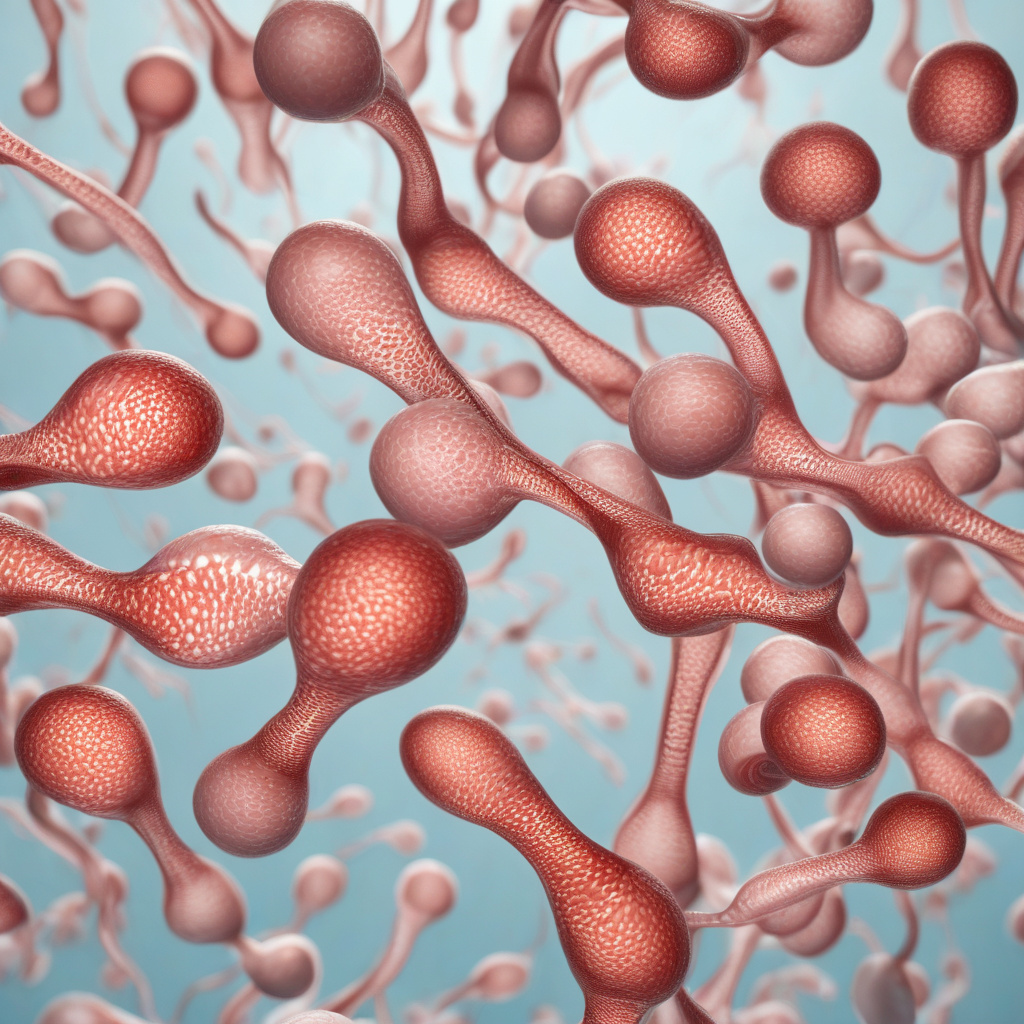Tiny heads, big impact: What sperm morphology tells us about fertility
A 2025 study on medaka embryos has revealed something remarkable: the size of a sperm’s head can have a significant impact on fertility outcomes. This groundbreaking research sheds light on how the morphology of sperm cells plays a crucial role in the fertilization process, opening up new possibilities for understanding and addressing issues related to infertility.
The study, conducted by a team of researchers at the forefront of reproductive biology, focused on the development of medaka fish embryos. By closely examining the sperm cells involved in fertilization, the researchers made a surprising discovery: the size of the sperm head directly correlates with the likelihood of successful fertilization. In essence, smaller heads were found to be more efficient at penetrating the egg’s protective barriers, leading to higher rates of fertilization compared to larger-headed sperm.
This finding challenges conventional wisdom surrounding fertility and emphasizes the importance of considering sperm morphology in reproductive health assessments. While sperm count and motility have long been primary indicators of male fertility, the study highlights the need to also evaluate factors such as head size for a comprehensive understanding of reproductive potential.
Furthermore, the implications of this research extend beyond the realm of basic science. By elucidating the relationship between sperm morphology and fertility, new opportunities arise for developing innovative diagnostic tools and treatment strategies for individuals struggling with infertility. For instance, advanced imaging techniques could be employed to assess sperm head size in clinical settings, providing valuable insights for personalized fertility interventions.
Moreover, this study underscores the intricate nature of reproduction and the remarkable adaptations that have evolved over time to ensure successful fertilization. The medaka fish, with its unique reproductive biology, serves as a model organism for studying fundamental aspects of fertility that may have broader relevance for human reproductive health.
As we look towards the future, it is clear that understanding the nuances of sperm morphology is essential for advancing fertility research and enhancing reproductive outcomes. By recognizing the significance of tiny heads in the grand scheme of fertility, we pave the way for groundbreaking discoveries that have the potential to transform how we approach issues of conception and childbirth.
In conclusion, the study on medaka embryos offers a compelling glimpse into the intricate world of sperm biology and its profound implications for fertility. By spotlighting the role of sperm head size in determining reproductive success, this research not only expands our scientific knowledge but also opens doors to new possibilities in the field of reproductive medicine.
fertility, sperm morphology, reproductive health, infertility, medaka embryos












